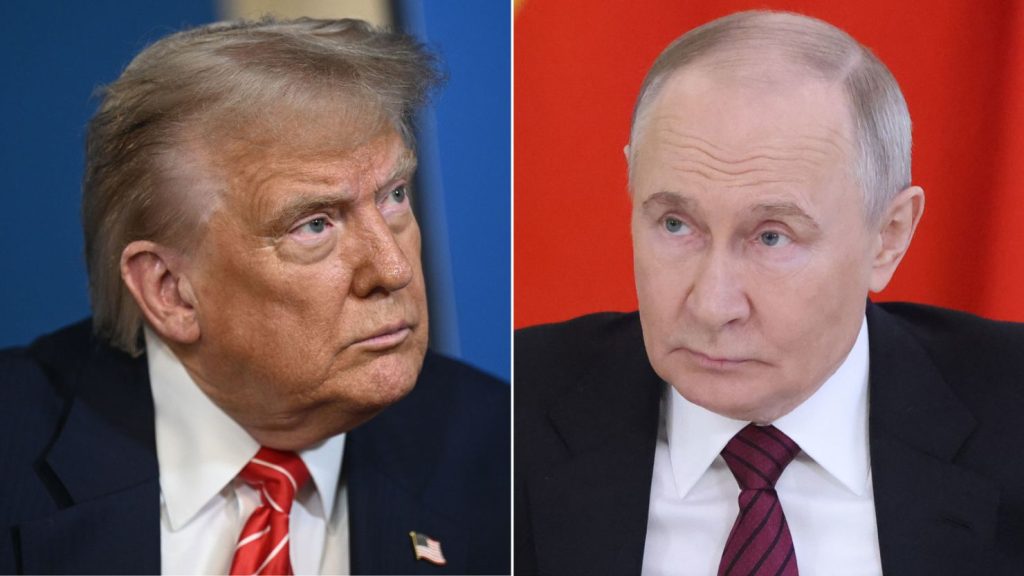
“Yesterday’s attack was the worst nightmare come true.” That’s the way one Kyiv resident described the relentless drone and missile barrage that shook Ukraine’s capital mere hours after a tense phone call between Presidents Trump and Putin. In a world where even the most mundane political decision can have a worldwide impact, the last week’s news has left readership in abundance reelingand seeking answers.
From blistering arguments about U.S. immigration and antisemitism to hair-raising escalations in Ukraine, the news cycle is bursting with attention-grabbing headlines. Here is a rundown of the most compelling moments, controversies, and implications that are shaping international security, human rights, and American politics today.
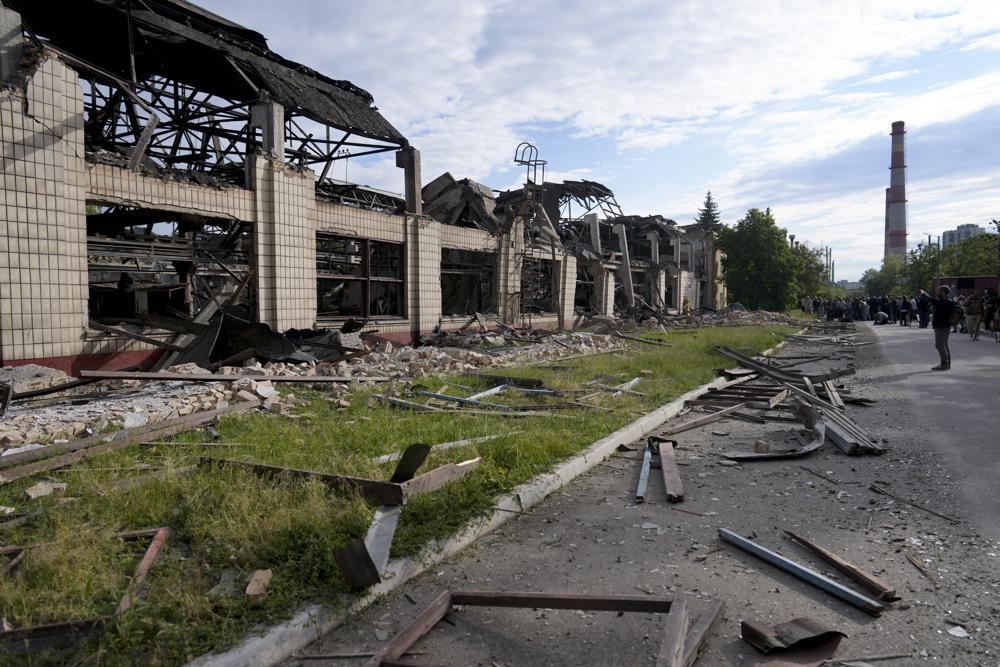
1. Record-Breaking Russian Barrage Hits Kyiv After Trump-Putin Call
Kyiv experienced a nightmarish evening when Russia launched a record 550 drones and missiles over a seven-hour period, leaving the city covered in smoke and fear. The historic aerial assault came only hours after President Trump’s telephone call with Vladimir Putin, which Trump subsequently called “very disappointing.” Ukrainian officials claimed extensive damage: residential housing, schools, and hospitals were targeted, and at least one person died and over two dozen were injured.
While the mayor of Kyiv urged citizens to close their windows against toxic air, the city’s tension was high. “The Russians bring only terror and murder. That is a fact,” wrote Tymur Tkachenko, the military administrator of Kyiv. That it occurred so soon on the heels of diplomatic talks sent a cold message about Russia’s intention and its scorn for ceasefire appeals.
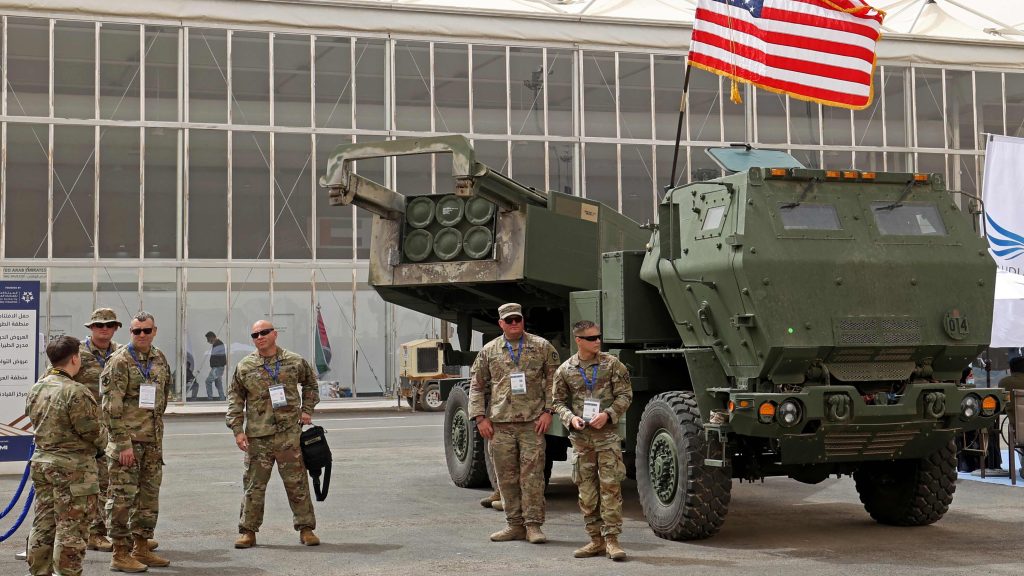
2. U.S. Suspends Military Aid, Fueling Worries in Ukraine
The decision by the Trump administration to suspend supplies of critical air defense systems, including Patriot missiles, came as a surprise to Ukrainian leaders. These systems are seen as the backbone of Ukraine’s air defense against Russia’s deadliest ballistic missiles. For ballistic missiles specifically, “only the US can provide this,” says CSIS’s Daniel Byman. “A cut off in those leaves a huge gap in Ukraine and air defenses.”
While other European countries like Germany are lagging behind, the pause hurts weapons already approved and en route. The result? A potentially deadly gap in which Ukraine’s air space is more vulnerable than ever before, and Russia’s day-to-day raids can turn more deadly.
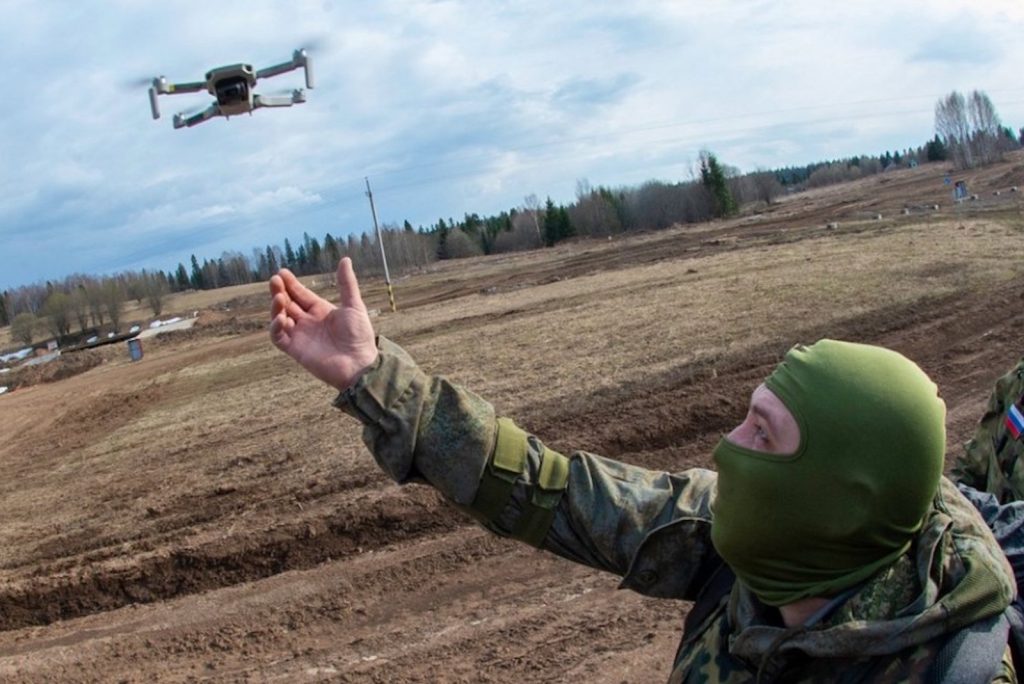
3. The Cost-Effectiveness and Cruel Logic of Russia’s Drone War
Russia’s relentless drone bombing isn’t a matter of brute forceit’s finance. Each Iranian-designed Shahed drone costs only $35,000 to produce, which is a bargain compared to the $3 million price tag of one U.S. Patriot interceptor. Russian drones, as dissected by CSIS, can be fired in mass salvos almost daily, pounding Ukrainian defenses and depleting their resources.
While Ukraine manages to shoot down most of the drones, sheer numbers force air defense units to launch expensive missiles against inexpensive targetsa classic case of asymmetric warfare. Not only does the tactic drain Ukraine’s reserves but also frightens civilians and disrupts daily life, turning the skies into a nightly war zone.
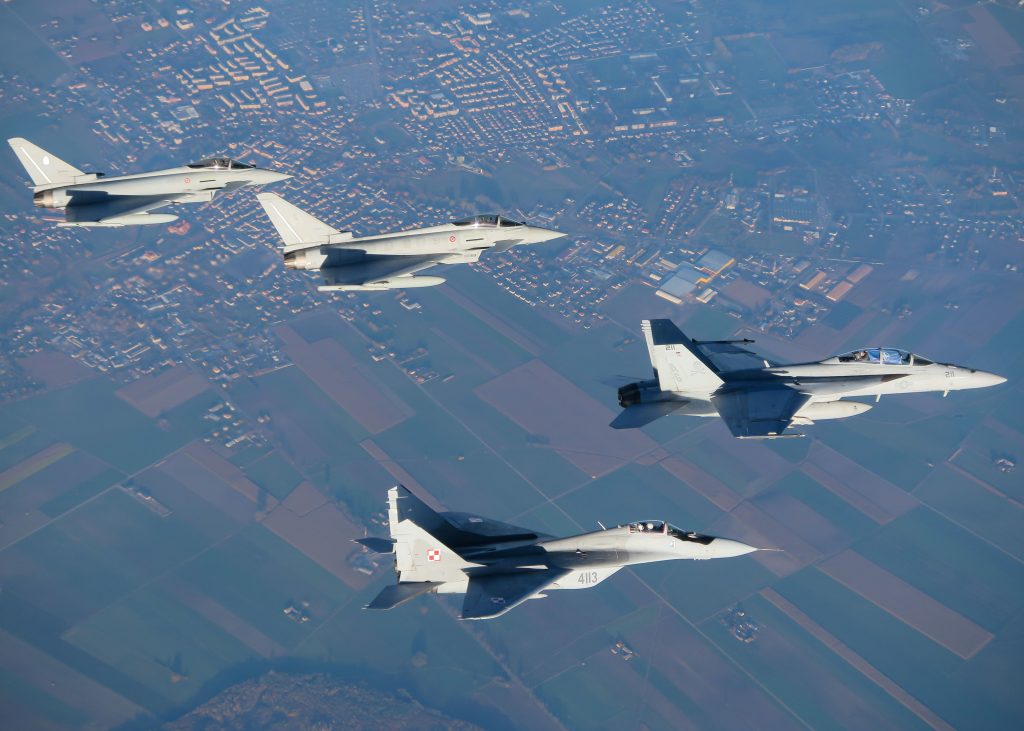
4. Air Defense Shortages: Ukraine’s Growing Vulnerability
Ukraine’s shoot-down levels have decreased as its air defense inventories deplete. The country’s ability to intercept incoming missiles dropped from about 60% in winter to less than 50% in recent attacks, according to the Institute for the Study of War. This decline isn’t due to more Russian missiles, but due to low levels of Western-supplied interceptors and because Russian warfare is evolving.
President Zelensky warned that if the pace of Russian attacks does not slow, Ukraine will run out of missiles to protect its cities and infrastructure. The price is already clear: power plants being blown up, blackouts spreading outward, and increasing countrywide sense of vulnerability.
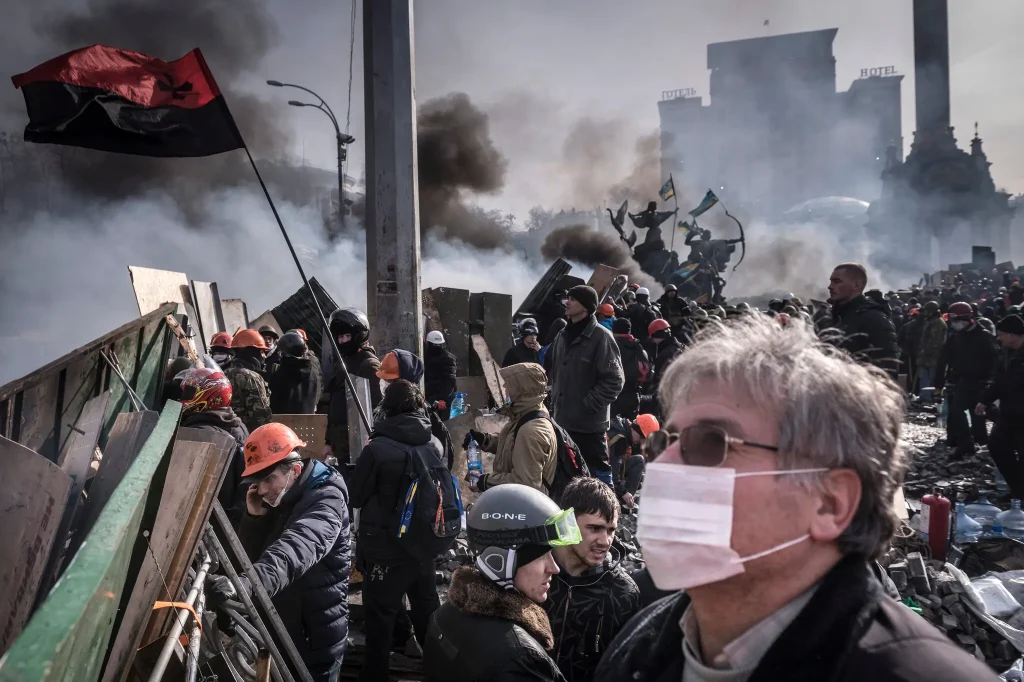
5. U.S.-Ukraine Tensions and the Search for Solutions
In addition to the weapons shipment delay, President Trump and President Zelensky also discussed a phone call and agreed to work towards establishing more robust air defenses for Ukraine, including potentially a joint production of air defense systems and drones. Although scant information is available at this time, the move shows an effort to seek other methods to support Ukraine’s security needs under shifting U.S. priorities.
Meanwhile, Western countries like Denmark are stepping up to the plate, making memorandums to provide Ukrainian weapons manufacturing space and providing long-term aid. These kinds of international partnerships could be what keeps Ukraine alive over the next few months.
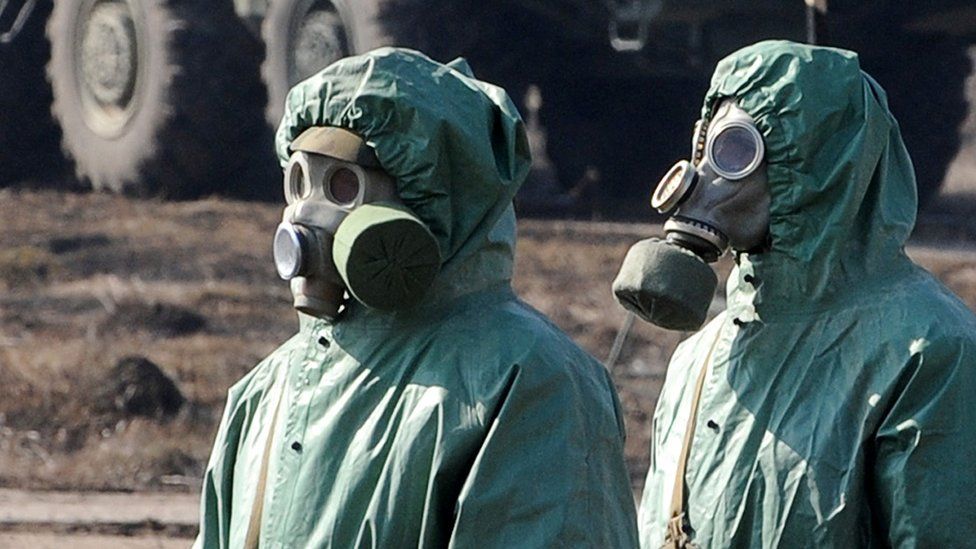
6. Russia’s Escalating Use of Chemical Weapons
The Dutch intelligence confirms that Russia is increasingly using banned chemical weapons, such as chloropicrin, against Ukrainian soldiers. It is a dangerous escalation of the conflict in the field of psychological warfare since gas grenades are being released by drones to expel soldiers from their trenches and put them at greater exposure to attacks. The defense minister of the Netherlands labeled the trend “absolutely unacceptable” and called for increased sanctions and unyielding military aid for Ukraine.
Since the start of the massive invasion, Russia has conducted over 9,000 chemical attacks, causing at least three Ukrainian troops to die on the spot from their impacts. Normalizing these tactics menaces not just Ukraine, but global norms against chemical warfare.
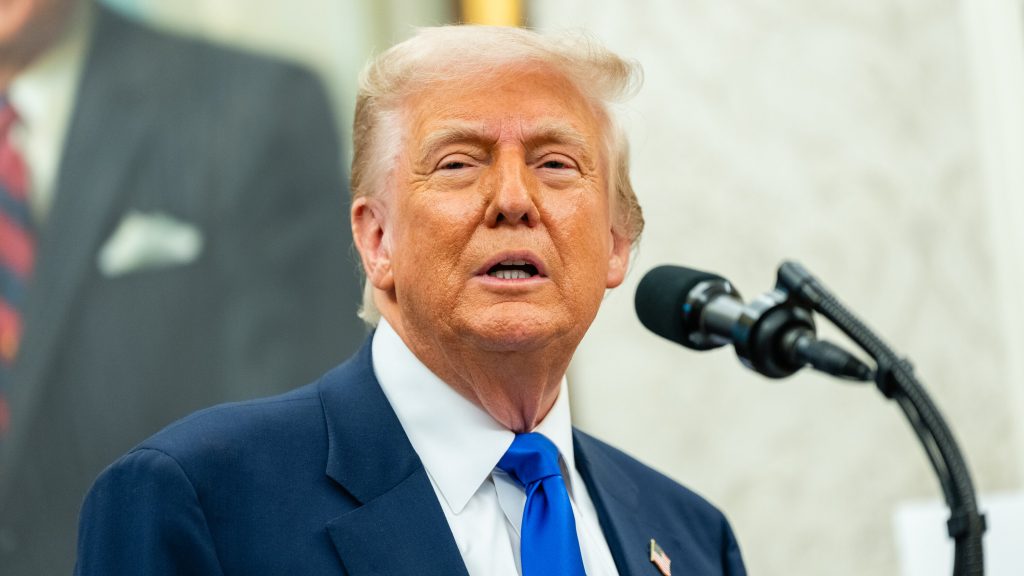
7. Antisemitism Controversy Erupts Over Trump’s Remarks
President Trump sparked a firestorm when he used the term “Shylocks” in a speech promoting his domestic policy bill. The Anti-Defamation League condemned the remark as, “The use of the term ‘Shylock’ brings to mind centuries-old antisemitic canard about Jews and money that is ridiculously offensive and perilous.” Jewish lobbying groups and politicians quickly condemned the language as “blatant and vile antisemitism.”
As Trump complained of ignorance about the origins of the slur, his opponents pointed to a history of normalizing antisemitic stereotypes. The controversy opened up old arguments over the duty of public figures to avoid hateful stereotypes and the never-ending struggle against antisemitism in American public discourse.

8. Patriotism and Grassroots Resistance
Across the country, protests erupted in response to the immigration raids by the administration, the policy changes, and the signing of the domestic bill. Demonstrators in cities as far north as Chicago and as far south as Houston condemned matters concerning democracy, due process, and shrinking safety-net programs. “Protesting offers people an initial step toward creating community, especially for individuals in rural communities,” said Women’s March’s Tamika Middleton.
For some, dissent on the Fourth of July was the ultimate act of patriotism. The surge of citizen activism highlights a nation struggling to define itself and the value of freedom during tumultuous times.
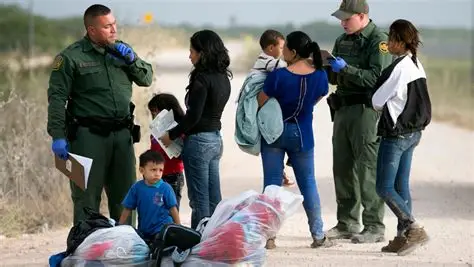
9. The High Stakes of U.S. Immigration and Deportation Policies
A court order to stop the deportation of eight migrants back to South Sudan again highlighted the human toll of U.S. immigration law enforcement. Lawyers argued that sending these menmany of whom are not even South Sudanese, back would expose them to torture and “infamous punishment.” The case illustrates the complex convergence of legal, humanitarian, and diplomatic considerations in immigration policy today.
As demonstrations against ICE raids and visa revocations expand, news from affected communities puts the problem in harsh relief. For others, the battle for due process and respect as a human being remains an enlightening moment of what it is to be American.
From the battlefields of Kyiv to U.S. city streets, these stories are not newsmore like photographs of a world in evolution. Where U.S. policy, international events, and human rights intersect, destinies are being forged on both sides of the globe. As the narrative continues to unfold, one thing is certain: staying informed and active has never been more critical.


